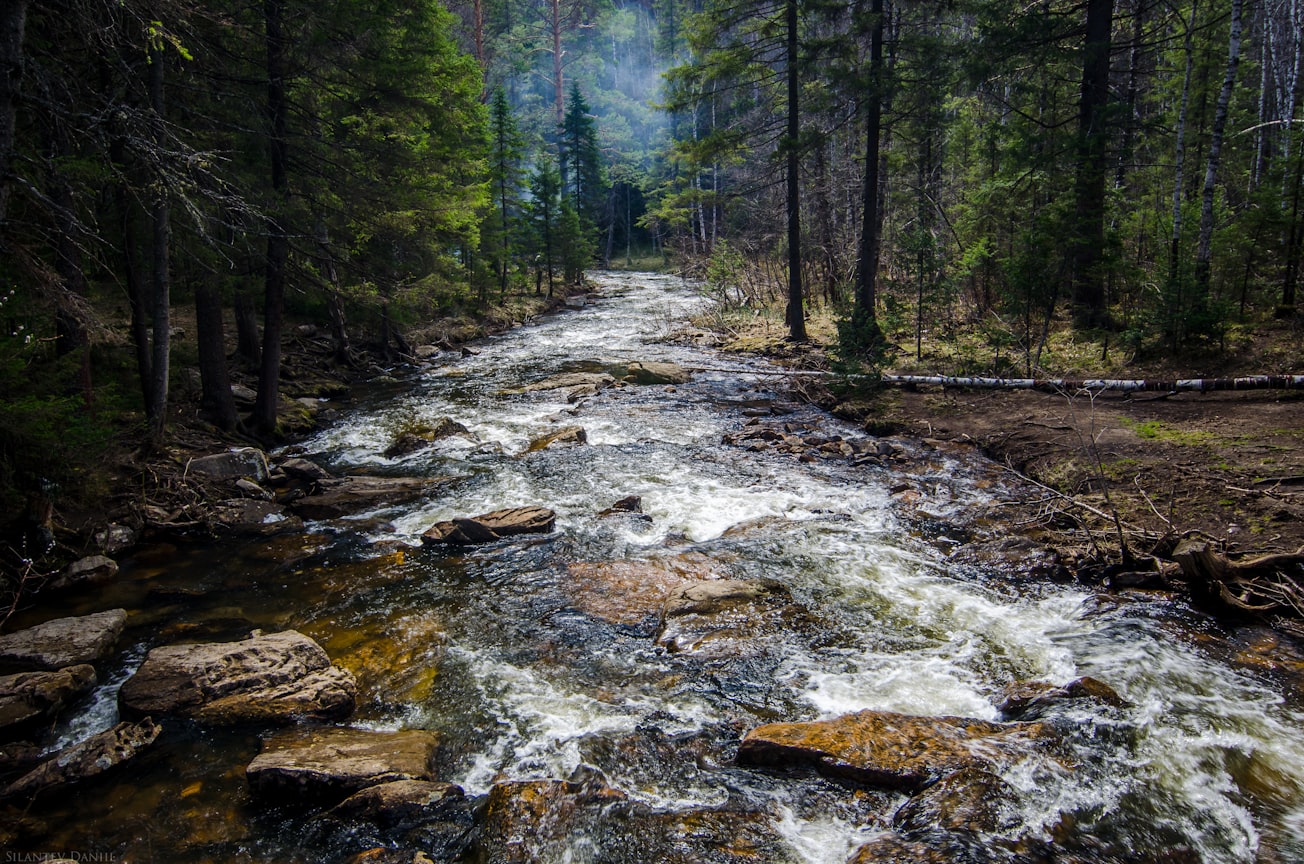What is it about?
This paper investigates sediments transport in laboratory condition considering the same size of sediments but different hydraulic regimes. The main objective of the experimental work presented in this paper is to recall and to give another prospect of well-known Meyer-Peter and Müller approach for estimation of Shields number in laboratory conditions, and calibration of dimensionless Meyer-Peter and Müller number at different hydraulic regimes. For this purpose, two different experiments were conducted. During the first experiment, the water amount flushed on the flume and bed slope were altered simultaneously until the equilibrium state was achieved. Meanwhile, the critical Shields number was estimated. While, during the second experiment, the water amount remained constant, only the bed slope of the flume was continuously tilted. Both experiments were conducted under the same sediments size. Meanwhile, sediments discharge and Shields number were measured and computed for given hydraulic conditions. Also, calibration of the dimensionless Meyer-Peter and Müller number was performed, where several iterations were considered until equilibrium was reached ( A=3.42) ; measured sediments were almost equal with sediments discharge computed by using Meyer-Peter and Müller formula.
Featured Image

Photo by Daniil Silantev on Unsplash
Why is it important?
Sediment transport in natural rivers usually originates as results of erosion, landslides, debris flow and other sources which during high pulses or floods move along the river from highest to lowest altitude by altering river’s geomorphology.
Perspectives
After these experiments, it was concluded that Meyer-Peter and Müller formula can also be applied for other hydraulic conditions and similar procedure may be adopted to calibrate the dimensionless Meyer-Peter and Müller number at other cases.
PhD Alban Kuriqi
Universidade de Lisboa
Read the Original
This page is a summary of: Potential of Meyer-Peter and Müller approach for estimation of bed-load sediment transport under different hydraulic regimes, Modeling Earth Systems and Environment, October 2019, Springer Science + Business Media,
DOI: 10.1007/s40808-019-00665-0.
You can read the full text:
Contributors
The following have contributed to this page







